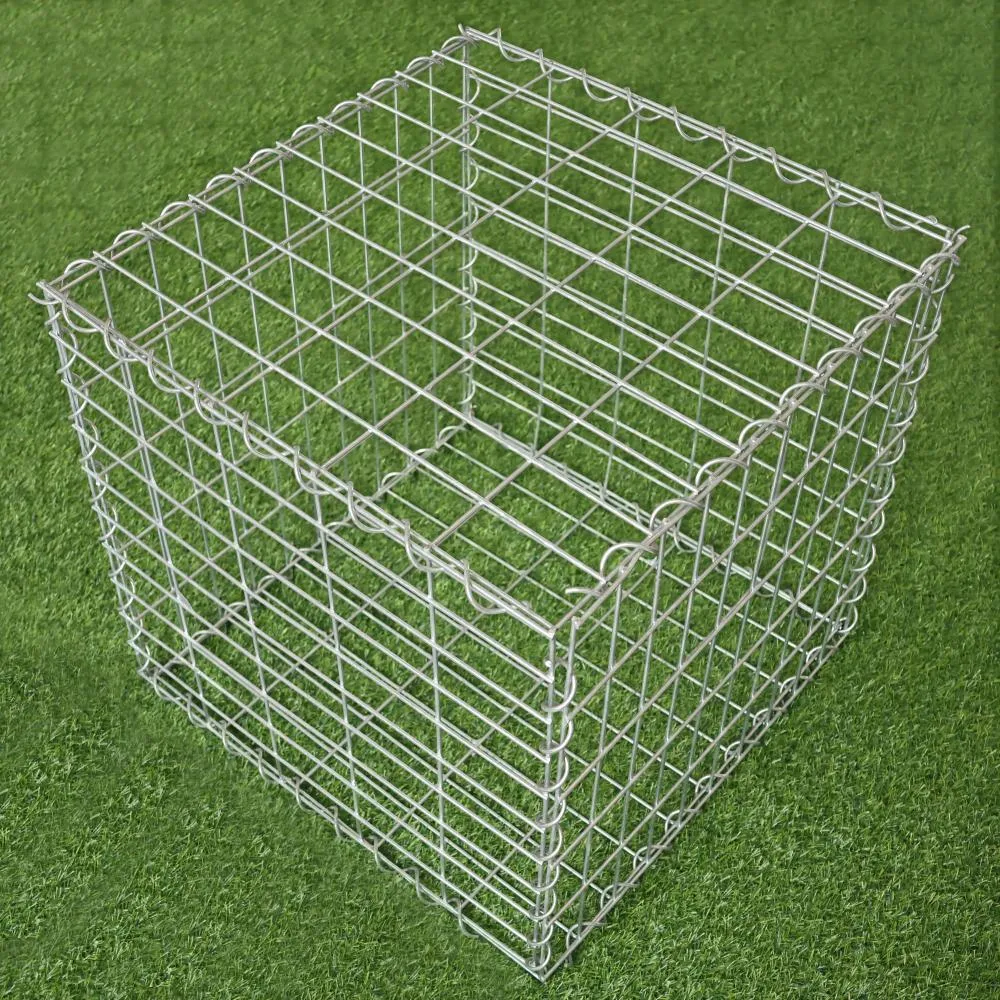How to Set Up a Split Rail Fence in Your Yard
Installing a Split Rail Fence A Step-by-Step Guide
A split rail fence evokes a sense of rustic charm and warmth, making it a popular choice for homeowners looking to enhance the aesthetic appeal of their properties. This simple yet attractive fencing style is particularly favored in rural areas but can serve well in urban settings too. If you’re considering adding a split rail fence to your yard, this guide will help you understand the installation process, from gathering materials to finishing touches.
Step 1 Planning and Design
Before you begin, it’s essential to plan your fence’s layout. Determine the purpose of the fence—whether it’s for aesthetics, protection of livestock, or simply marking property lines. Measure your desired area using stakes and string to visualize how the fence will align. Remember to check local ordinances and homeowners association rules to ensure that your fence complies with regulations. Additionally, it’s wise to locate underground utilities in the excavation area to avoid damaging any lines.
Step 2 Gather Materials
For a split rail fence, you will need
- Split rails (typically made from cedar or pine) - Corner posts and line posts (often made of wood) - Gravel (for drainage) - Concrete (optional, for securing posts) - Tools such as a post hole digger, level, and saw
Wooden split rails can vary in length, often around 10 to 11 feet
. The number of rails and posts needed will depend on the length of your fence and the spacing you choose between the posts.Step 3 Prepare the Site
Before installation, clear the area where the fence will be placed. Remove any debris, rocks, or vegetation that might obstruct the construction. If necessary, mark the post locations with spray paint or stakes to ensure that they are evenly spaced. A common spacing is between 8 to 10 feet.
install split rail fence

Step 4 Digging Post Holes
Using a post hole digger, excavate holes for your corner and line posts. The depth of the holes should be about one-third of the post length; if your posts are 6 feet tall, aim for a hole depth of at least 2 feet. To achieve a sturdy foundation, you might consider adding gravel to the bottom of each hole for drainage.
Step 5 Installing Posts
Once your holes are dug, place the posts in their respective holes, ensuring they are level. If you’re using concrete, mix it according to package instructions and pour it into the holes around the posts for additional stability. Allow the concrete to set for at least 24 hours before proceeding to the next step. If not using concrete, backfill the holes with soil and tamp it down to secure the posts.
Step 6 Attaching the Rails
With your posts securely in place, it’s time to install the split rails. Typically, these are placed horizontally between the posts. Depending on the design of your fence (two-rail, three-rail, etc.), slide the rails into the notches cut into the posts. Ensure that the rails are level and evenly spaced. You may need to cut rails to fit if they are too long for the selected area.
Step 7 Finishing Touches
After all the rails are secured, inspect the entire fence. Check for any loose parts and make adjustments as necessary. If desired, you can treat the wooden posts and rails with a wood preservative or stain to enhance longevity and aesthetics. Depending on your location, a sealant may also protect against moisture damage.
Conclusion
Installing a split rail fence can be a fulfilling DIY project that adds significant curb appeal to your property. By following these steps carefully, you can create a beautiful, functional fence that will last for years to come. Not only will the fence enhance your landscaping, but it will also provide a welcoming atmosphere for family, friends, and guests. Embrace the charm of rustic fencing; after all, a split rail fence can be the perfect enhancement to your outdoor space.
-
Space-Saving Chain Fence Hacks Vertical Gardening with Cyclone MeshNewsJul.16,2025
-
Innovations in Iron Nail Wire Production for Modern ConstructionNewsJul.16,2025
-
Creative Uses of Wire Netting Fence in Modern Landscape DesignNewsJul.16,2025
-
Barbed Wire Fence Innovations in Anti-Climb TechnologyNewsJul.16,2025
-
Architectural Uses of Umbrella Nails for Aesthetic Roof DesignsNewsJul.16,2025
-
Architectural Uses of Razor Barbed Wire in Secure Urban DesignNewsJul.16,2025




